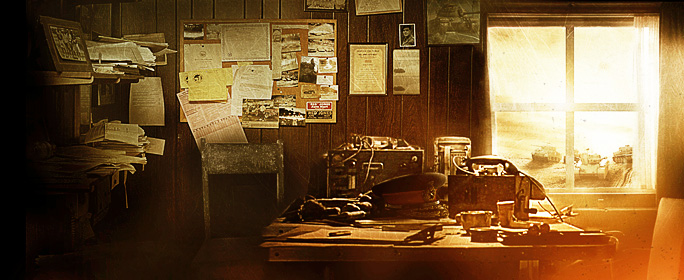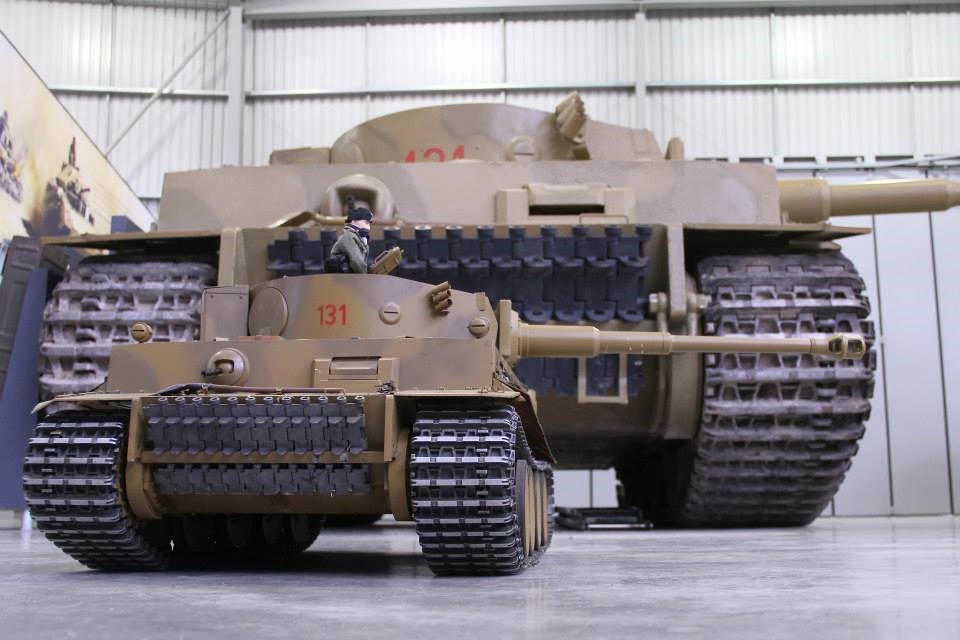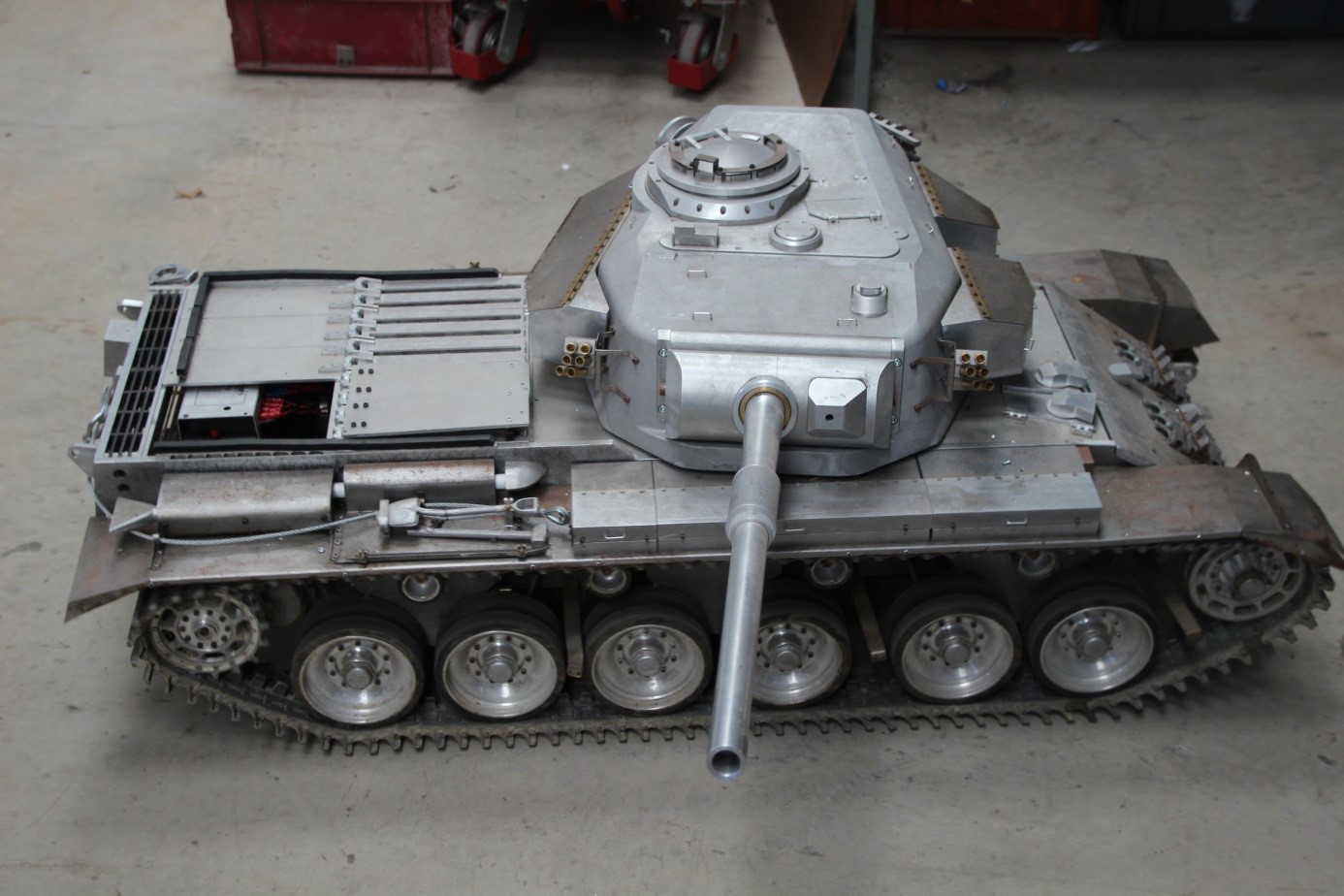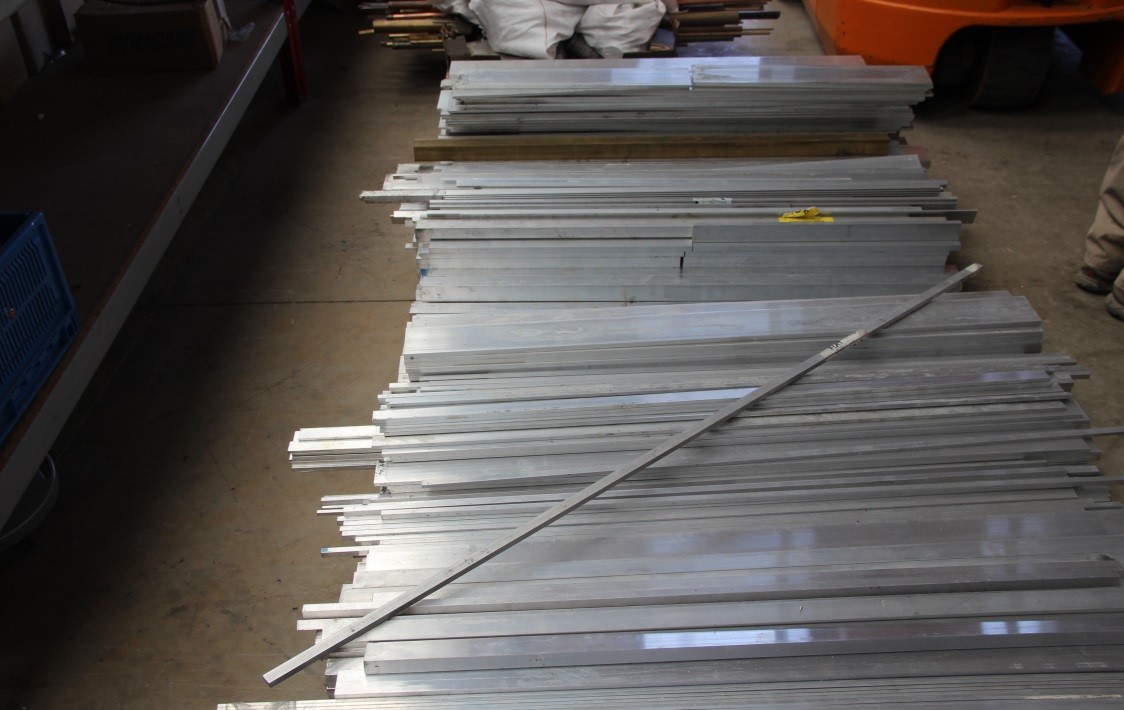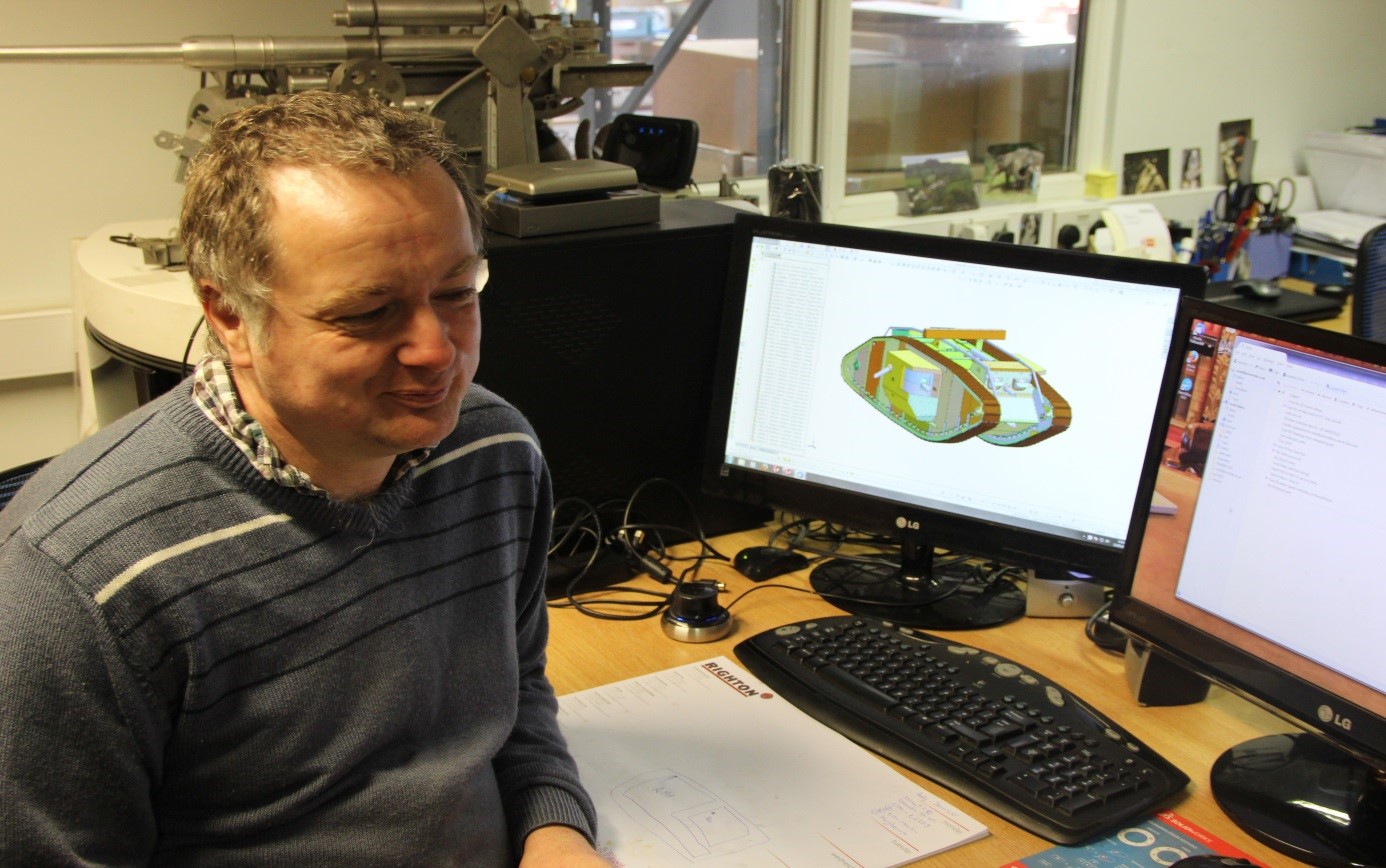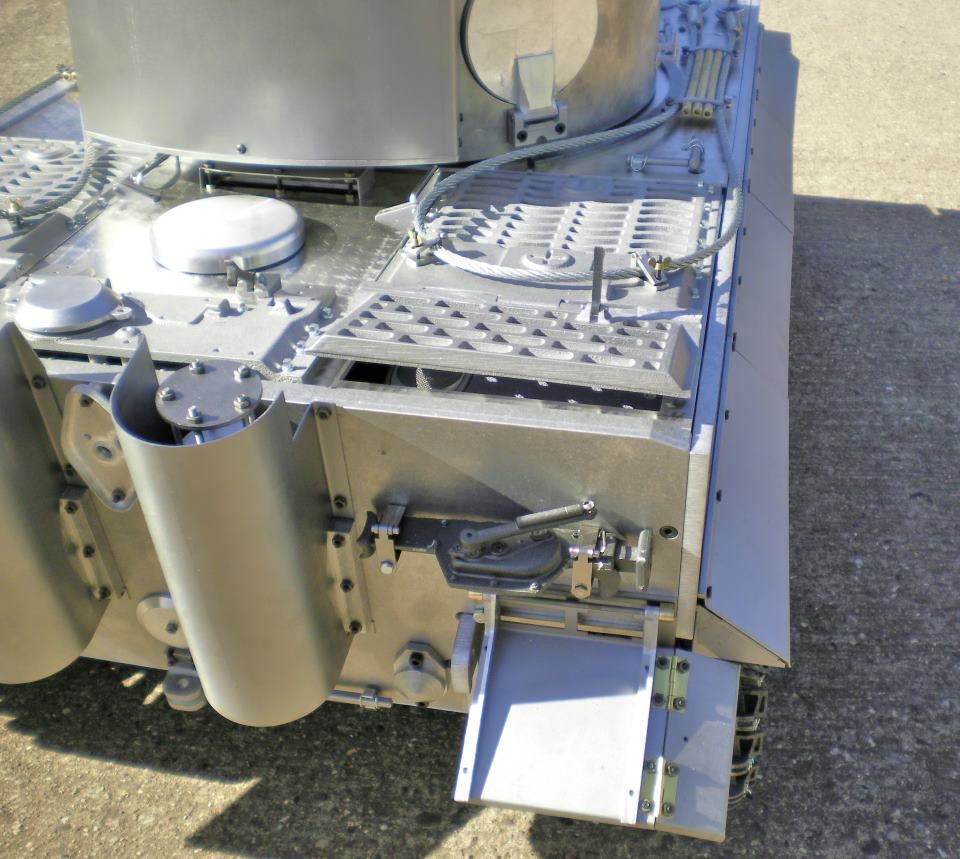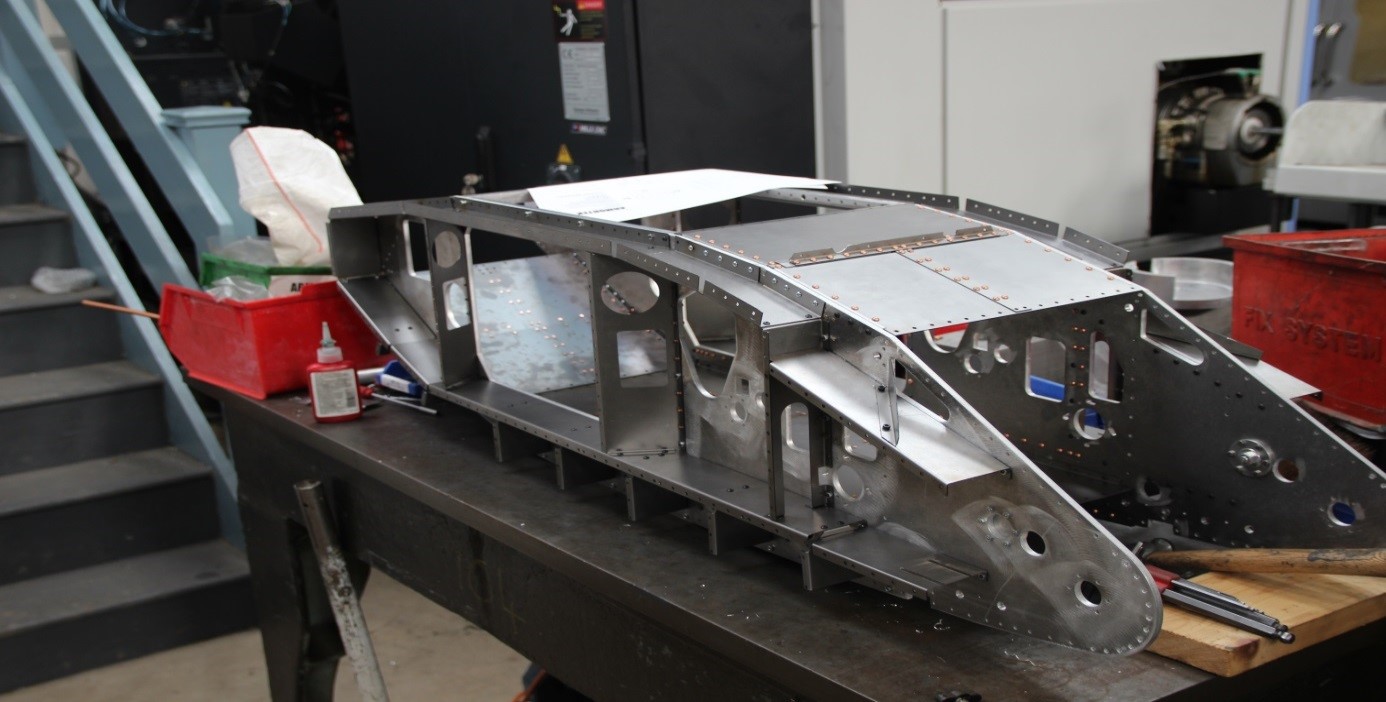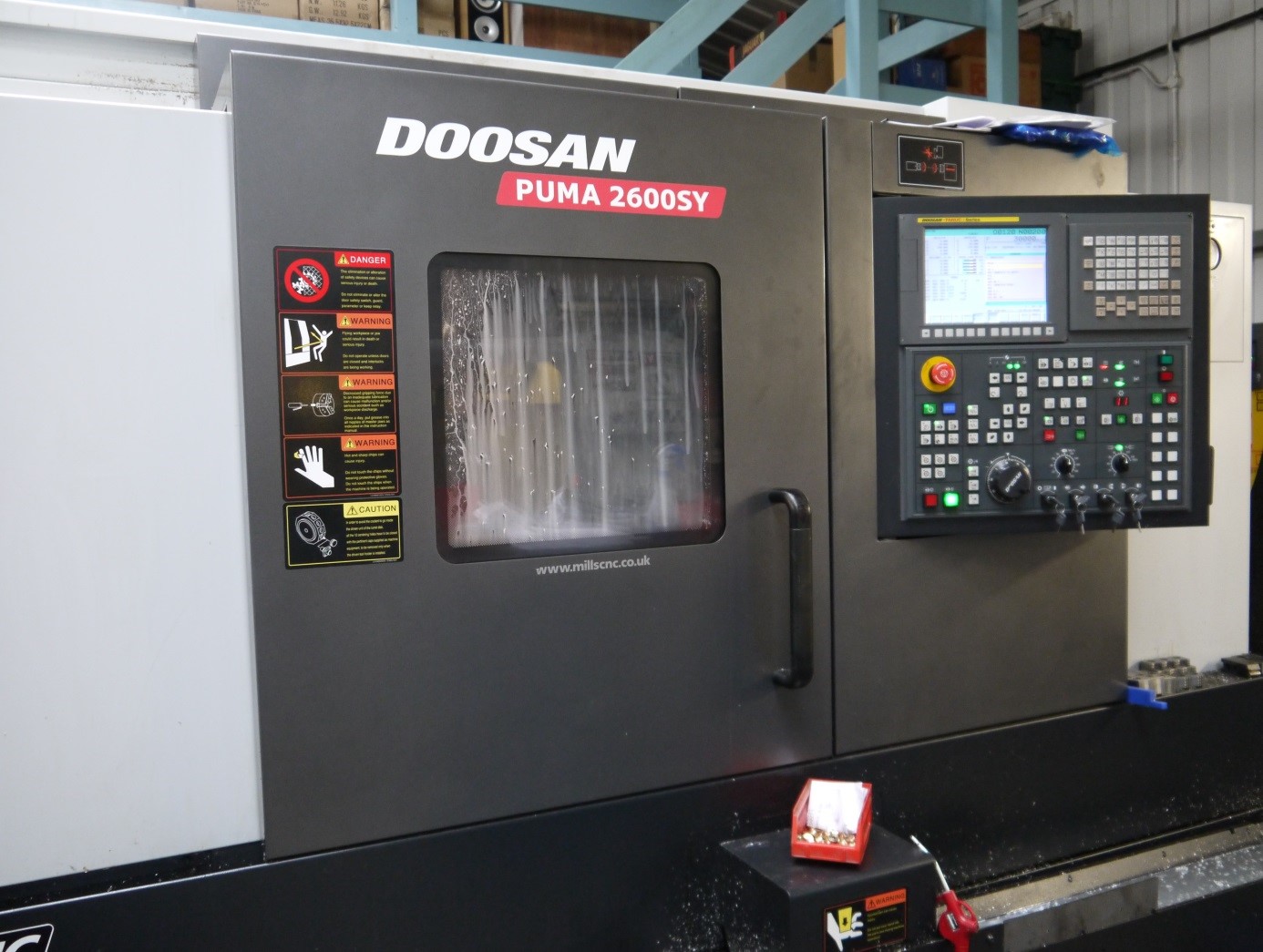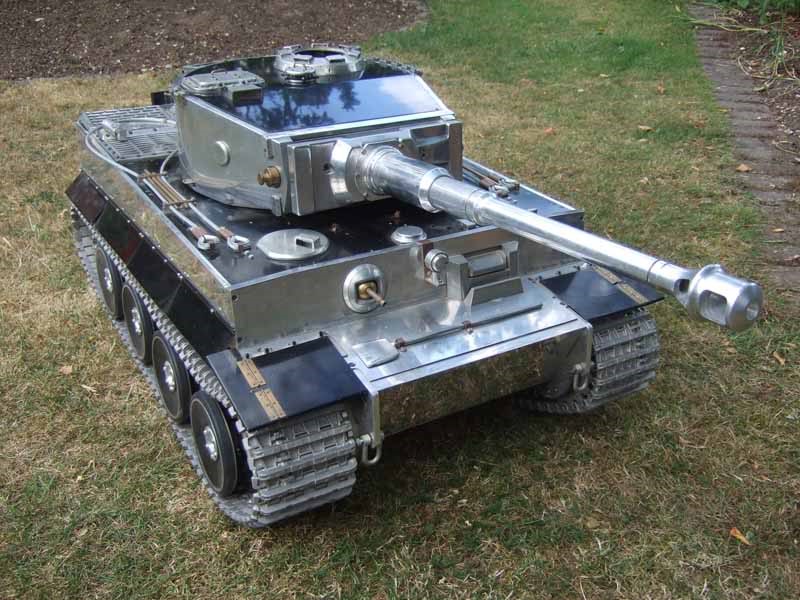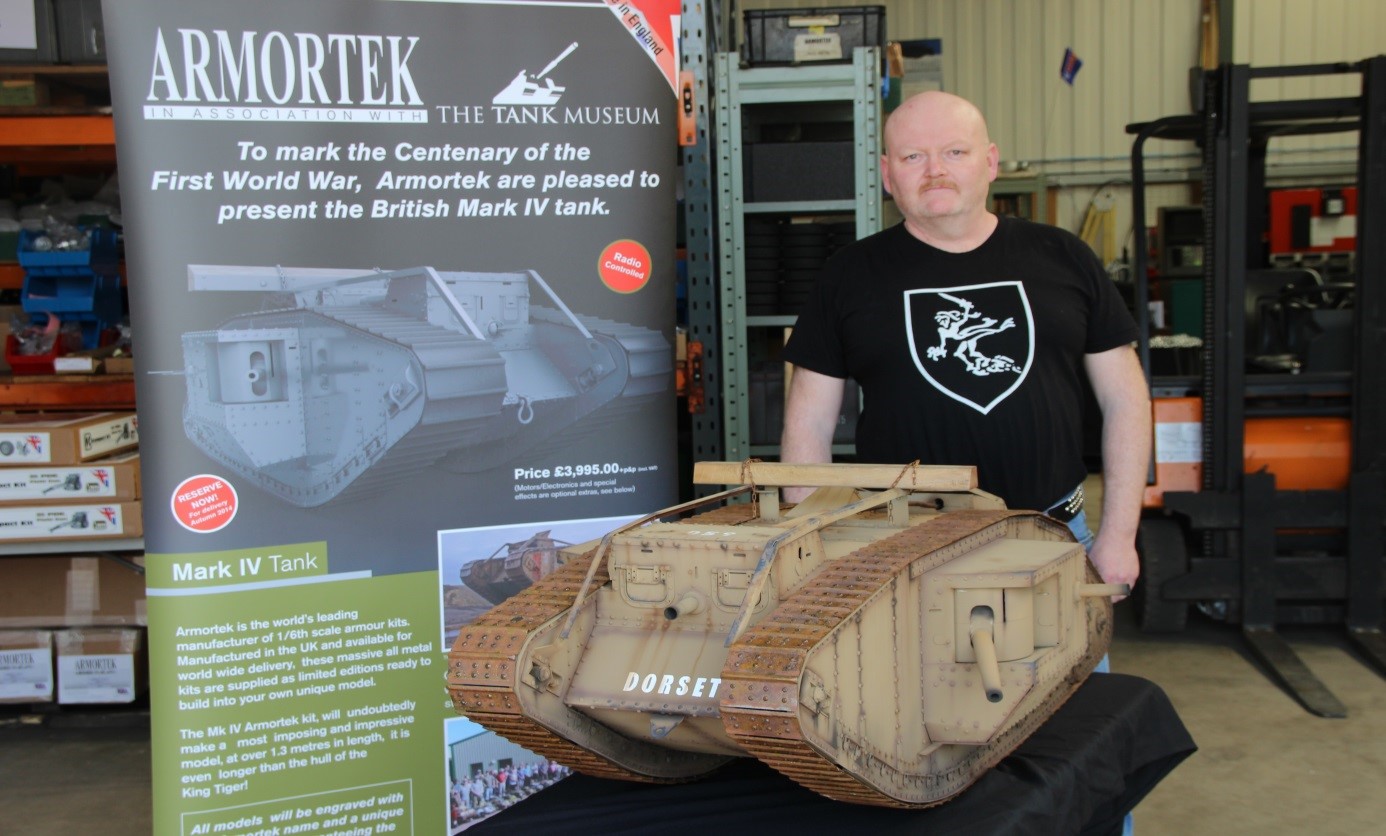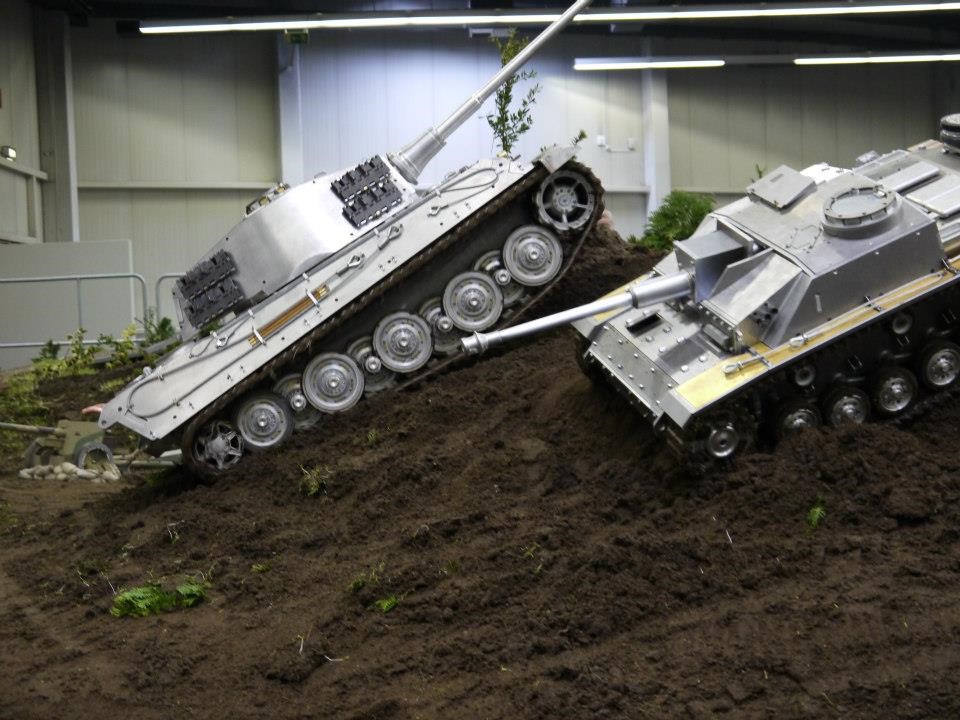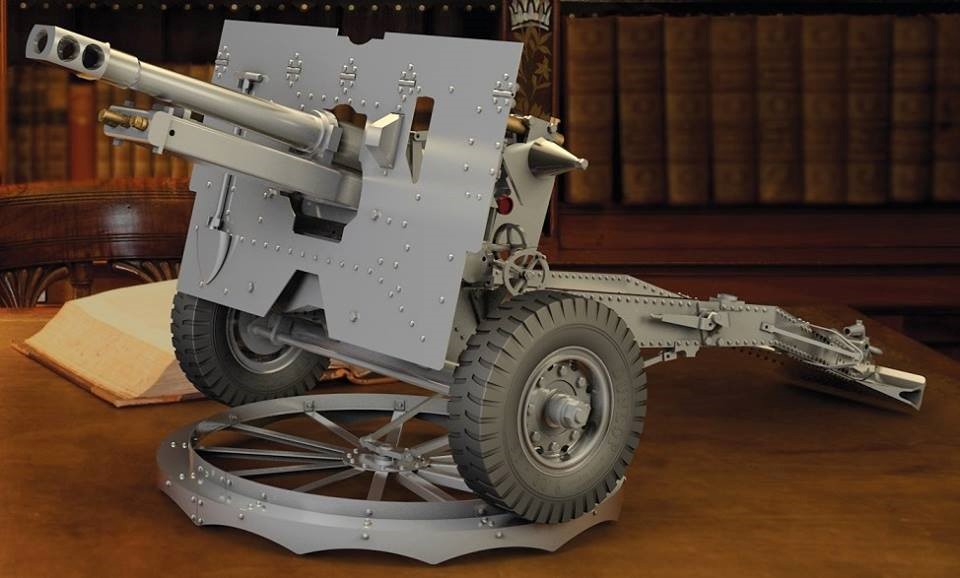Medical volunteers currently estimated number of deaths on the Maidan in 780 people
Ua-today.com | News Ukraine 2014/4/10 23:33:01
Number of persons killed during the confrontation at the Independence Square in Kiev , as well as related events up to 780 people , according to the organization of medical volunteers Maidan.
"As far as we know, 780 people were killed . This number includes about 300 people who went to the hospital (BSP , other medical institutions ) , they were taken and further burned in crematoria . According to these people seek , seek , but can not find ... In the House Trade Unions ( 4-8 floors ) were about 200 wounded who could not move independently , could not see with brain injuries - they were burned alive . from there the corpses were taken to an unknown destination VW vans black without numbers , "- said the volunteer medical Anastasia Polishchuk at a briefing in Kyiv on Thursday .
According to her, about 20 people among the dead - police , "Berkut" and other special units. " The rest of the people - is " Heavenly Heroes " , which everyone knows and people who are outside the Maidan - in the woods outside the city - many of them not identified by the police as" maydanovtsy " - she said .
Polishchuk stressed that more than half of the dead passed through the hands of volunteers , doctors, and they voiced figures no doubt . In the organization of volunteer doctors Maidana believe that the authorities deliberately concealing the real number of victims.
Ua-today.com | News Ukraine 2014/4/10 23:33:01
Number of persons killed during the confrontation at the Independence Square in Kiev , as well as related events up to 780 people , according to the organization of medical volunteers Maidan.
"As far as we know, 780 people were killed . This number includes about 300 people who went to the hospital (BSP , other medical institutions ) , they were taken and further burned in crematoria . According to these people seek , seek , but can not find ... In the House Trade Unions ( 4-8 floors ) were about 200 wounded who could not move independently , could not see with brain injuries - they were burned alive . from there the corpses were taken to an unknown destination VW vans black without numbers , "- said the volunteer medical Anastasia Polishchuk at a briefing in Kyiv on Thursday .
According to her, about 20 people among the dead - police , "Berkut" and other special units. " The rest of the people - is " Heavenly Heroes " , which everyone knows and people who are outside the Maidan - in the woods outside the city - many of them not identified by the police as" maydanovtsy " - she said .
Polishchuk stressed that more than half of the dead passed through the hands of volunteers , doctors, and they voiced figures no doubt . In the organization of volunteer doctors Maidana believe that the authorities deliberately concealing the real number of victims.

